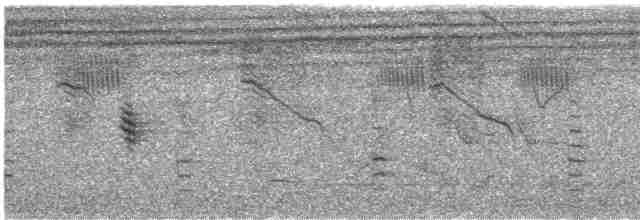Ruvu Weaver Ploceus holoxanthus Scientific name definitions
- NT Near Threatened
- Names (13)
- Monotypic
H. Dieter Oschadleus
Version: 1.0 — Published October 25, 2022
Revision Notes
Revision Notes
Sign in to see your badges
Species names in all available languages
| Language | Common name |
|---|---|
| English | Ruvu Weaver |
| English (United States) | Ruvu Weaver |
| French | Tisserin du Ruvu |
| French (France) | Tisserin du Ruvu |
| German | Ruvuweber |
| Norwegian | tvillingvever |
| Polish | wikłacz żółtawy |
| Serbian | Tanzanijska tekstor tkalja |
| Slovak | pletiarka tmavooká |
| Spanish | Tejedor de Ruvu |
| Spanish (Spain) | Tejedor de Ruvu |
| Turkish | Ruvu Dokumacısı |
| Ukrainian | Ткачик рувуйський |
Revision Notes
H. Dieter Oschadleus wrote the account. Huy C. Truong updated the distribution map. Nicholas D. Sly curated the media.
Ploceus holoxanthus Hartlaub, 1891
PROTONYM:
Ploceus holoxanthus
Hartlaub, 1891. Abhandlungen herausgegeben vom Naturwissenschaftlichen Verein zu Bremen 7, p. 22.
TYPE LOCALITY:
Mtoni [near Bagamoyo, eastern Tanganyika].
SOURCE:
Avibase, 2023
Definitions
- PLOCEUS
- holoxanthus
The Key to Scientific Names
Legend Overview
UPPERCASE: current genus
Uppercase first letter: generic synonym
● and ● See: generic homonyms
lowercase: species and subspecies
●: early names, variants, misspellings
‡: extinct
†: type species
Gr.: ancient Greek
L.: Latin
<: derived from
syn: synonym of
/: separates historical and modern geographic names
ex: based on
TL: type locality
OD: original diagnosis (genus) or original description (species)

- Year-round
- Migration
- Breeding
- Non-Breeding
Distribution of the Ruvu Weaver






















